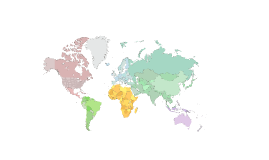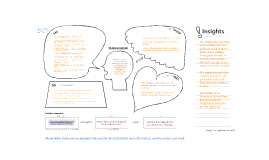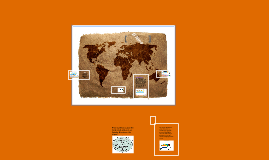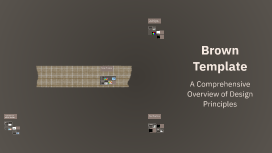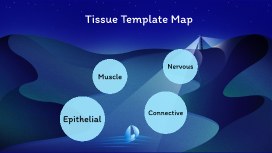Brown Template
Transcript: Introduction to Brown Template Definition of Brown Template The Brown Template is a specific design layout characterized by its use of brown hues, providing a warm and inviting atmosphere in various design applications. It focuses on the organized arrangement of elements to maintain visual consistency. Importance in Design Historical Context Historically, the use of brown tones in design has been associated with earthiness and natural materials. This connection enhances its relevance in sustainable and organic design movements. In design, the Brown Template is crucial for creating elements that resonate with warmth and reliability. Its application can influence audience perception, leading to increased engagement and a strong emotional connection. Key Characteristics Key characteristics of the Brown Template include earthy color palettes, clear typography, and balanced compositions. These features contribute to the overall harmony and effectiveness of design projects. Brown Template Design Principles Typography Color Theory Typography refers to the style and arrangement of text. Effective typography enhances readability and reflects the personality of the brand, with font choices significantly impacting the audience's perception and interaction with content. Color theory combines art and science to create visually appealing compositions. Understanding primary, secondary, and tertiary colors helps in evoking emotions and setting the tone for designs, making informed choices essential for successful branding and visual communication. Layout and Composition Visual Hierarchy Visual hierarchy involves arranging elements to show their importance. By manipulating size, color, and placement, designers lead the viewer's eye through the content, influencing the order in which information is processed for optimal comprehension. Layout and composition are essential in guiding viewers' attention and enhancing the user experience. A well-structured layout balances elements and whitespace, helping to create a cohesive and visually pleasing design. A Comprehensive Overview of Design Principles Applications of Brown Template Best Practices Web Design In web design, the brown template offers a warm and inviting aesthetic that can boost user retention. Its neutral tone serves as a backdrop for vibrant content and navigation, making websites more approachable and user-friendly. Consistency Accessibility Consistency in design maintains a cohesive experience across different platforms. Applying uniform colors, fonts, and layouts helps in building brand recognition and user trust. Accessibility ensures that all users, including those with disabilities, can engage with design effectively. Implementing features like alt text, readable fonts, and color contrast enhances usability. Branding Print Media In branding, the brown template conveys reliability and stability. Brands utilizing this palette often resonate well with audiences, establishing trust and promoting a sense of groundedness in their image. Print media benefits from the brown template by providing a sophisticated look that captures attention. This design approach enhances readability and connects with audiences emotionally, making printed materials more impactful. Feedback and Iteration User Experience Gathering user feedback and iterating on design allows for continuous improvement. This process helps identify pain points and fosters products that better meet user needs. A positive user experience is critical for user retention and satisfaction. Intuitive navigation, fast loading times, and clear calls-to-action enhance usability and engagement. Advertising The brown template enhances advertising effectiveness by evoking feelings of warmth and nostalgia. Campaigns designed with this template often engage consumers on a psychological level, increasing response rates and brand recall.






